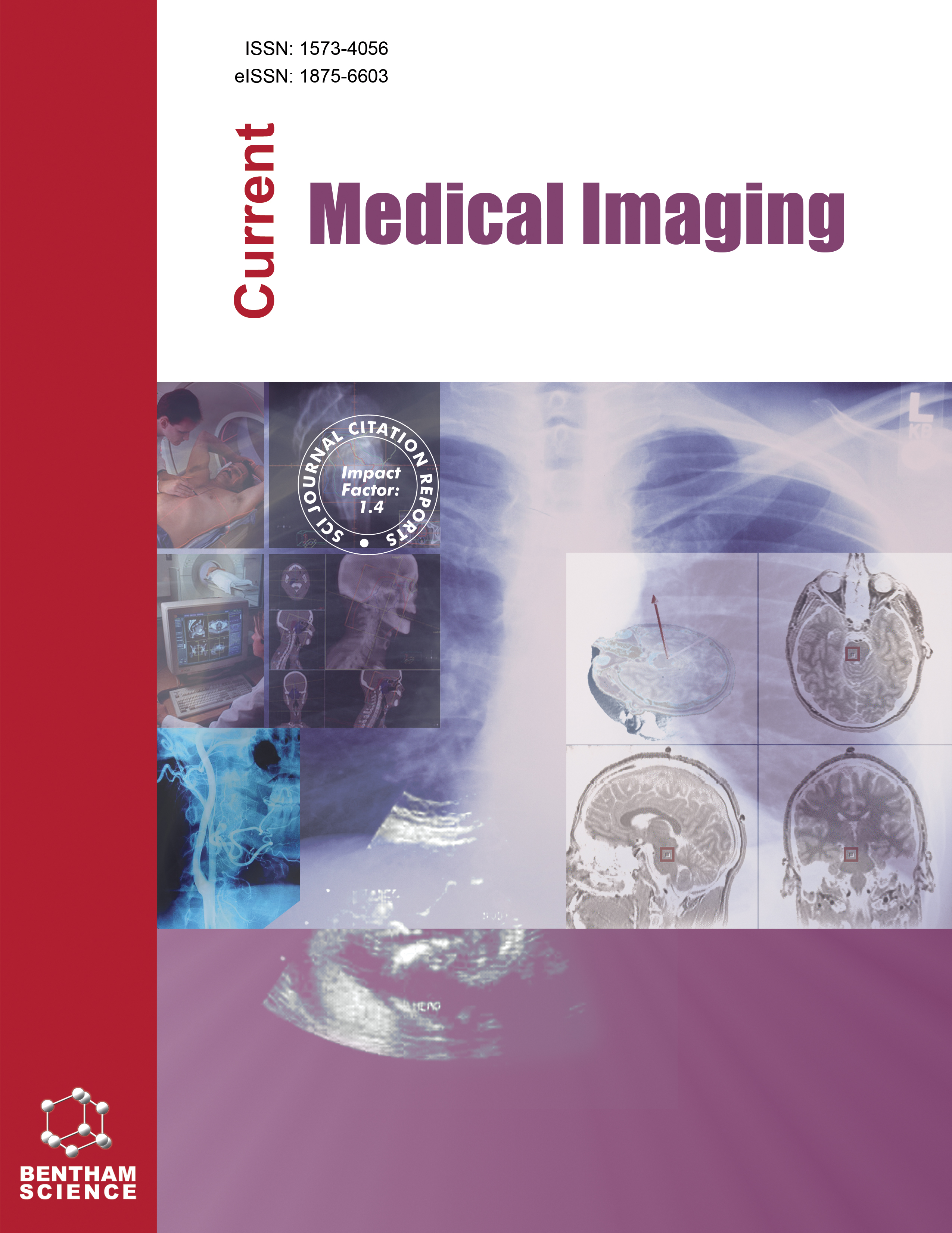-
oa Deep Learning-based Thigh Muscle Investigation Using MRI For Prosthetic Development for Patients Undergoing Total Knee Replacement (TKR)
- Source: Current Medical Imaging, Volume 20, Issue 1, Jan 2024, e15734056284002
-
- 27 Nov 2023
- 01 Feb 2024
- 01 Jan 2024
Abstract
A prosthetic device is designed based on the quantitative analysis of muscle MRI which will improve the muscle control achieved with functional electrical stimulation/ guided robotic exoskeletons. Electromyography (EMG) provides muscle functionality information while MRI provides the physiological and functionality of muscles. The sensor feedbacks were used for the bionic prosthesis, but the length of muscle using image processing was not correlated .
To investigate and perform qualitative and quantitative assessment of thigh muscle using MRI. The objective of the work is to improve the existing VAG signal classification method to diagnose abnormality using MRI for patients undergoing Total knee replacement (TKR).
A deep learning method for qualitative and quantitative assessment of thigh muscle is done using MRI. In existing prosthetic devices, electrical measurements of a person’s muscles are obtained using surface or implantable electrodes. Several methods were used for the classification and diagnostic processes. The existing methods have drawbacks in feature extraction and require experts to design the system. This work combines medical image processing and orthopaedic prosthetics to develop a therapeutic method.
This design provides much more precise control of prosthetic limbs using the image processing technique. The hybrid CNN swarm-based method measures the muscle structure and functions. Along with the sensor readings, these details are combined for prosthetic control. The implementation was carried out in MATLAB, Sketchuppro, and Arduino IDE.
A combined swarm intelligence and deep learning method were proposed for qualitative and quantitative assessment of thigh muscle. The prosthetic device choice was done from the scanned MRI image like Humerus-T prosthetics, segmental prosthesis and arthrodesis prosthesis. The investigation was done for the Total knee replacement (TKR) approach


